Different Types of Sharks – Classifying the many different types of sharks is not as easy as you might think. There are actually four hundred forty different species of shark.
Classifying the Different Types of Sharks
These species are grouped into 30 families and then further grouped into eight orders (or, technically suborders).
1. Squatiniformes
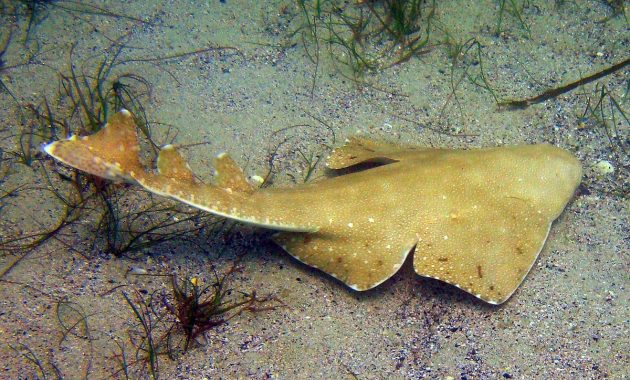
Scientists individuate the different orders of sharks by a series of physical criteria. One of the first divisions is the presence or absence of a tail fin.
The first three types of sharks we have listed here have no tail fins. The Squantiformes differ from the following two orders in having flat bodies, similar to their cousins, the rays.
The main angel shark is the endangered squatina squatina. Known simply as the Angel Shark, this flat predator resembles a ray in bodily shape. It buries itself on the bottom of the ocean and ambushes prey.
2. Pristiophoriformes
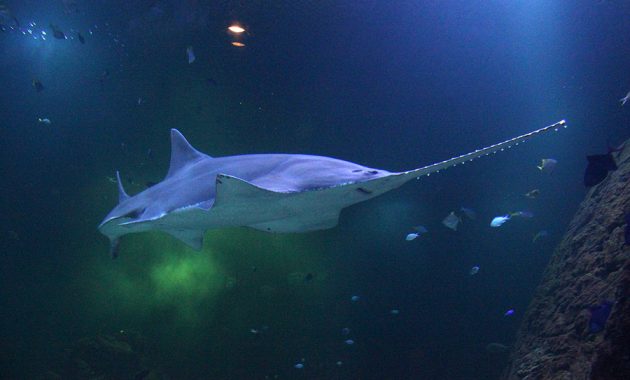
These sharks are grouped with the squantiformes because they lack tail fins. However, they have more traditionally shark-like tubular bodies.
Unique to the Pristiophoriformes, however, are their long serrated snouts that make them look like aquatic lumberjacks. They use these long appendages as weapons to slice and dice their prey before snapping them up.
3. Squaliformes
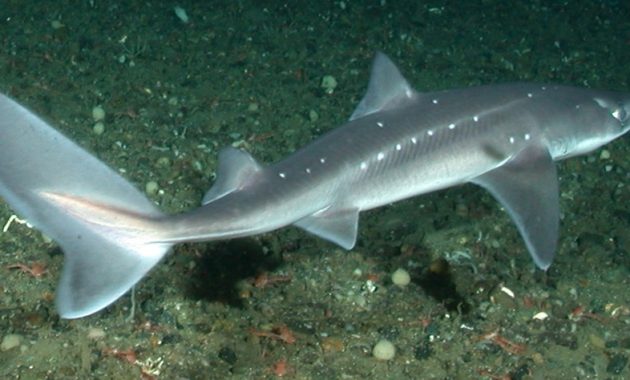
These are the final kind of sharks that lack tail fins. They have short noses with no serrations on them. These are one of the largest groupings of sharks, containing 80 sharks divided into 7 families.
Among the sharks in the squalioforme order, you will find several kinds of Bramble sharks, Lantern sharks and Dog sharks.
4. Hexanchiformes
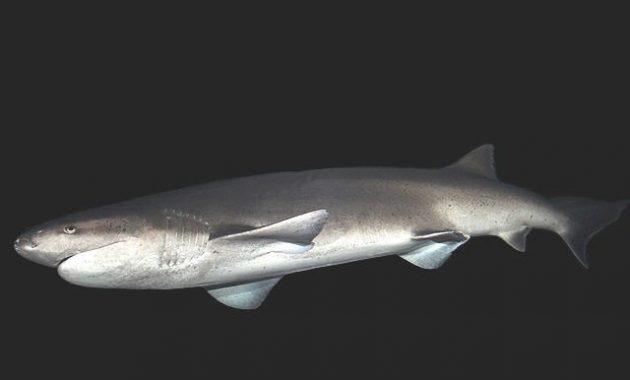
Starting with hexanchiformes, these are the types of sharks that have tail fins. The hexanchiformes differ from the last four in that it has six to seven slits for gills but only a single fin on its back.
These are the oldest of shark orders dating back to the Permian period, which is before the great age of the dinosaurs. These sharks are so old that scientists consider them living fossils.
Many of the members of this order are already extinct. These sharks are eel-like and inhabit the deep seas so they are difficult to locate and count.
5. Heterodontiformes
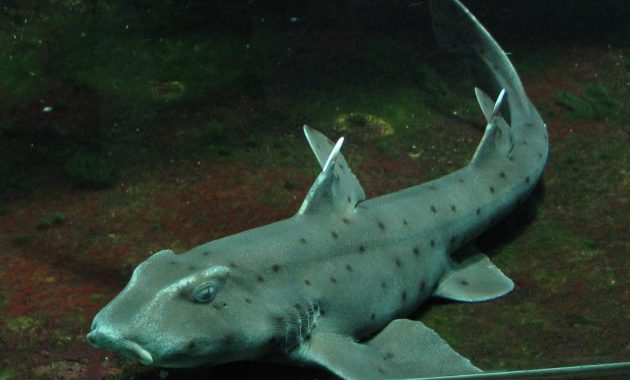
This small group is one of the simplest of the types of sharks. Like all the remaining sharks below, it has five gills and two back fins. Heterodontiformes, however, have spines lining their backbones.
It is a small shark type, including types of the bull shark like the Horn Shark that roams the coast off California. Heterodontiformes never grow to much bigger than the size of an average human being, and so is one of the smaller kinds of sharks.
6. Orectolobiformes
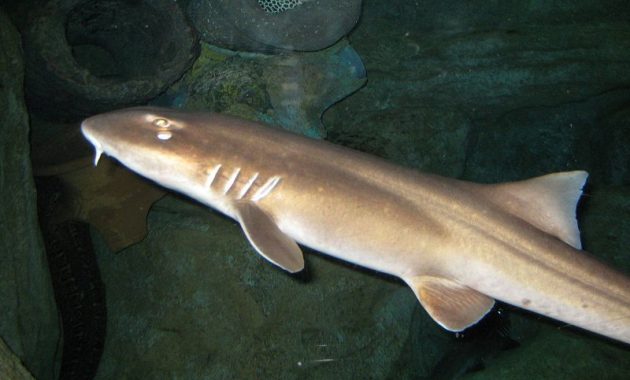
The main difference between this and the remaining sharks below – all of which have tail fins, five gill slits and two back fins and no back spines – is that it has its eyes behind its mouth.
This order is largely made up of carpet sharks, which get their names from the odd color patterns many of them sport. Some of them are rather flat.
Perhaps the most famous member of the order, the Whale Shark, doesn’t quite fit either of these descriptions, however, looking much like a regular shark.
7. Carcharhiniformes
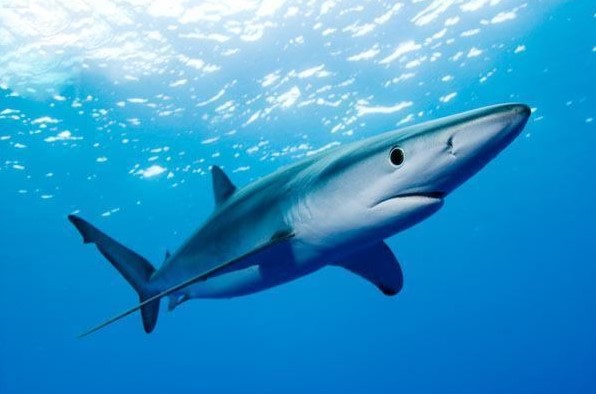
This is by far the largest order of sharks, containing over 270 species of sharks, grouped into eight families. People commonly call carcharhiniformes “ground sharks” or “whaler sharks.”
You can find a great many of the sharks you are probably familiar with, like cat sharks and hound sharks, in this order. Undoubtedly, however, the most distinct member of this order is the hammerhead shark.
8. Lamniformes
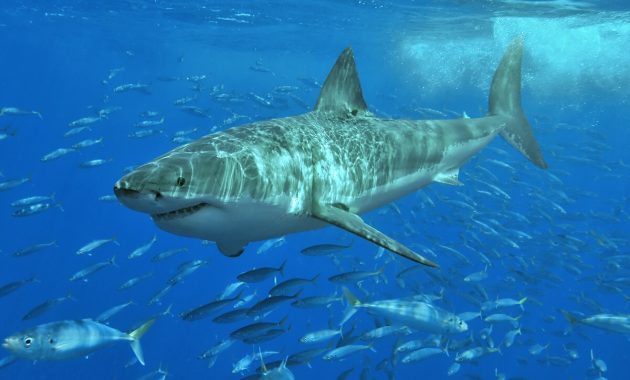
People commonly call these sharks, “mackerel sharks.” They have few differences from the carcharhiniformes except for a difference in their breathing apparatus and the presence of a third eyelid that rolls over their normal eyes to protect them when they tear apart their prey. The most famous member of this order is the Great White.
Keyword: Classifying the Different Types of Sharks
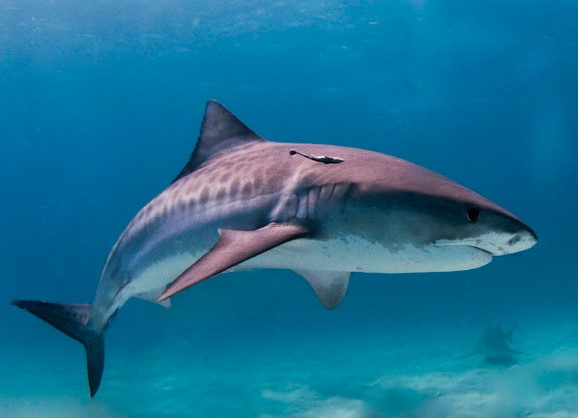
Nice article